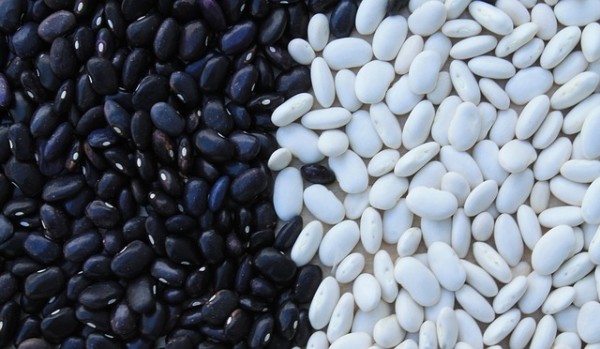Fast facts about beans
There are more than 40,000 bean varieties in the world, but only a mere fraction of these are mass-produced for consumption.
Around the world, these beans are enjoyed by large populations and purposed into local cuisine. The bean, however, whether you’re talking about a baked bean or a kidney bean (or the seemingly myriad number of other beans out there), has also helped expose us the foods of different cultures and countries, as well.
Sure, 20 years ago we might’ve been eating baked beans on toast (which still happens), but enjoying Mexican food wasn’t as common. But with the rise and expansion of our cuisine in Australia, we now enjoy the likes of Mexican food, which often incorporates the likes of kidney and black beans into many of its dishes.
But beans don’t just stop there. When you think of something like broad beans, these can enjoyed in different ways. If you want, you can eat them with the encasing pod, however it is typically suggested that you cook them to make sure they’re safe to eat in the pod.
As a type of produce, beans have been around for millennia, dating back to somewhere around the seventh millennium BCE. In ancient Egypt, they were deposited with the dead. With such a long and substantial history, it’s no surprise that so many different variations have been discovered.
An interesting point is that while beans are closely related to peas, a key difference comes in the form of when the two grow and are cultivated. Beans are typically a summer crop and rely on warmer temperatures to grow. This, in part, is why you will see more local beans as being in-season during the Spring to Summer run. Peas, conversely, tend to flourish better in the colder months.
